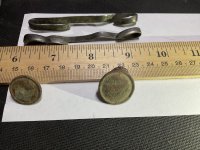Shenandoah Digger
Full Member
Interested to find out the differences between the two. I see some dredges with the power jet, and then others with the suction nozzle. Why one over the other? Thanks in advance.
Amazon Forum Fav 👍
Upvote
0



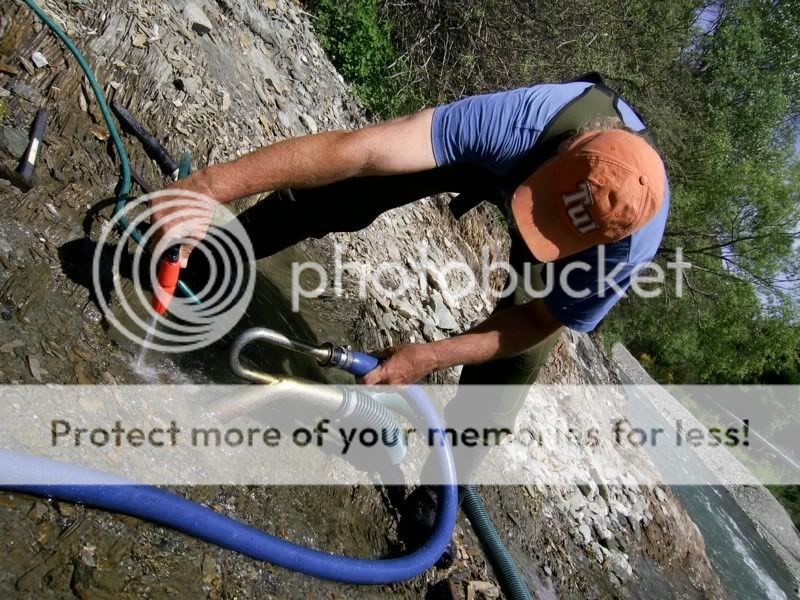

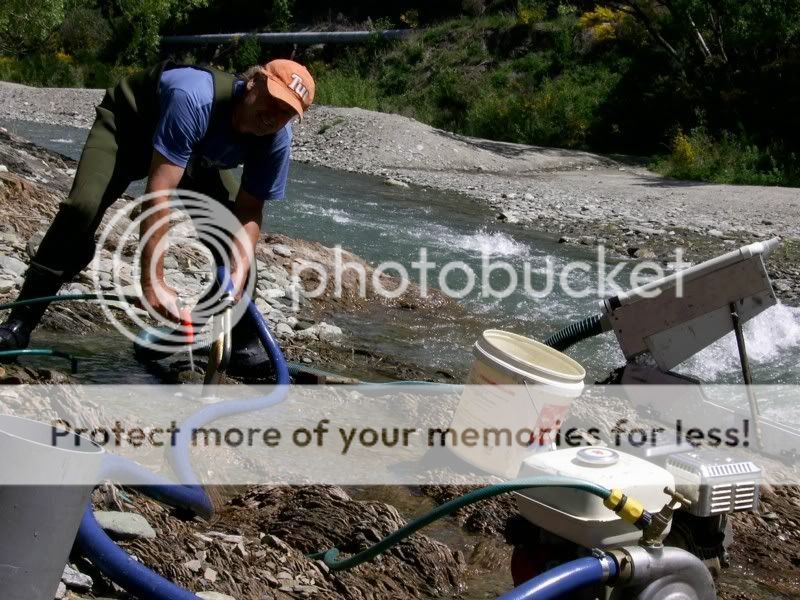

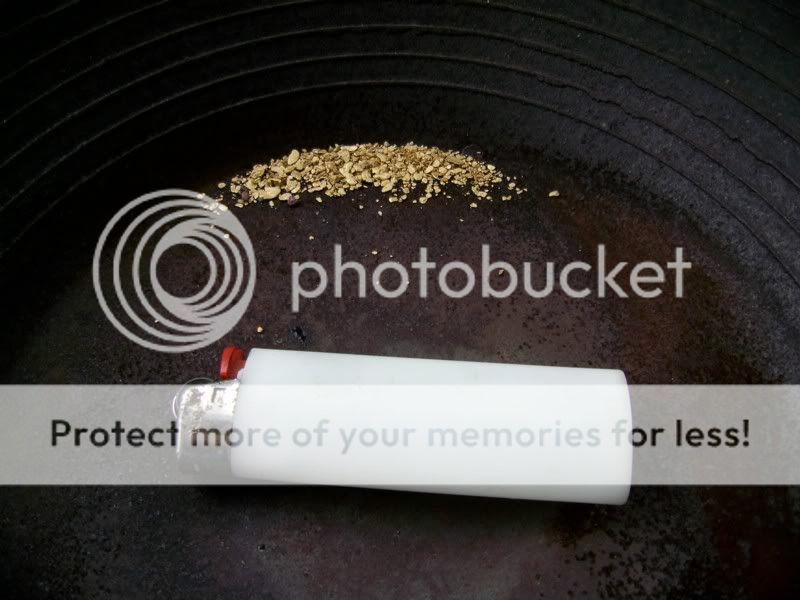

 sorry can'y type for squat--had a operation-john
sorry can'y type for squat--had a operation-john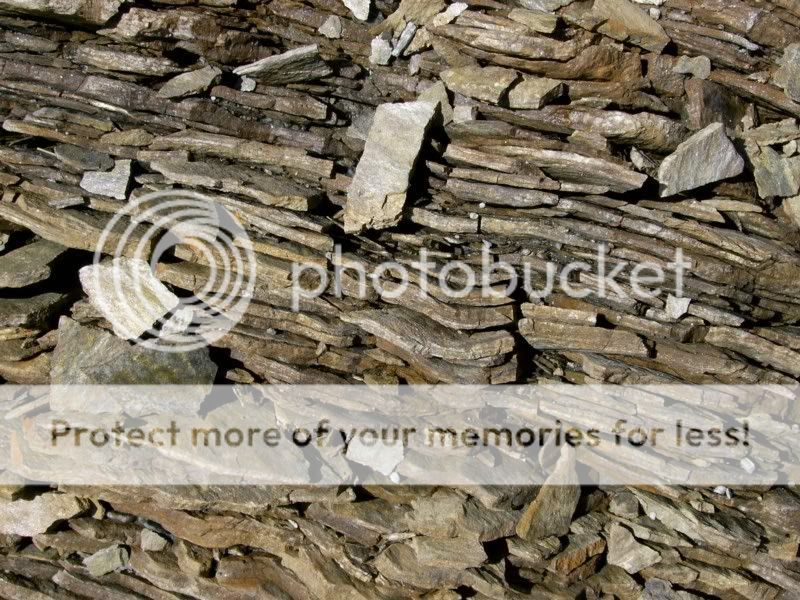
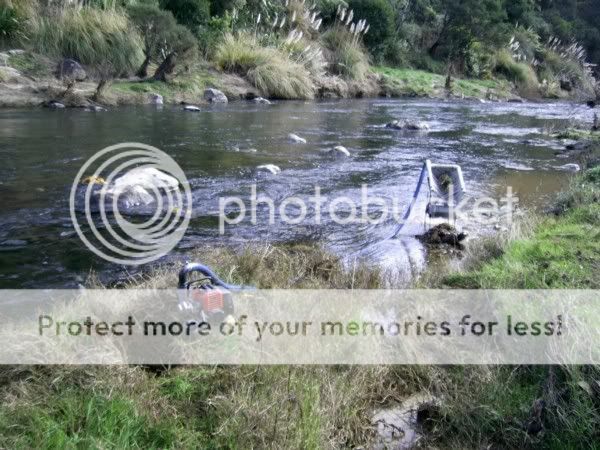
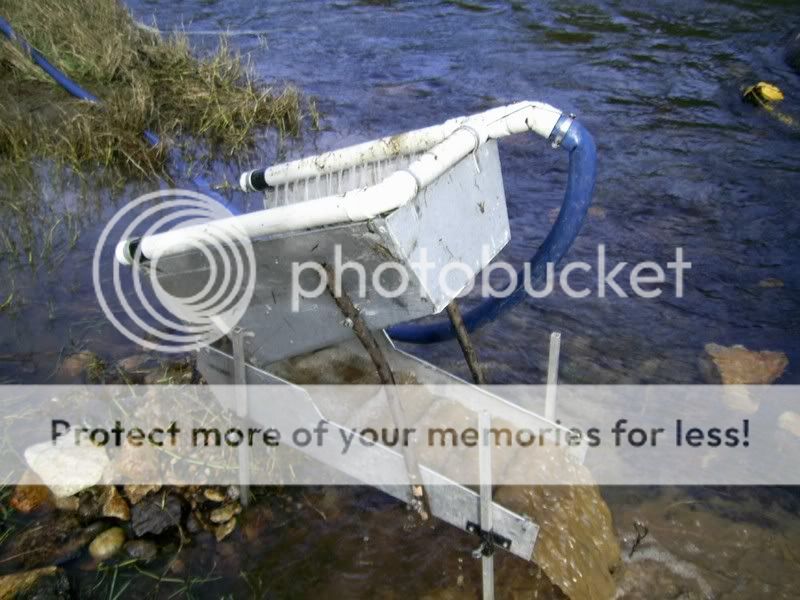
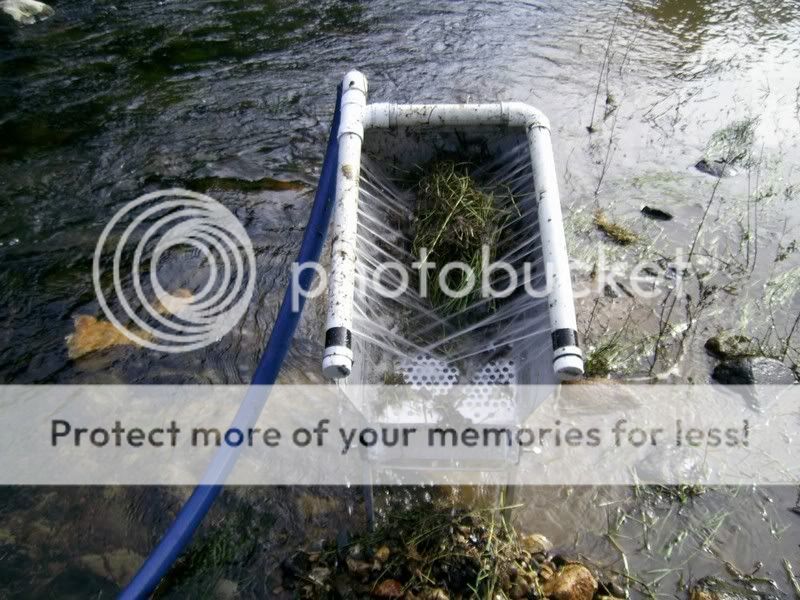
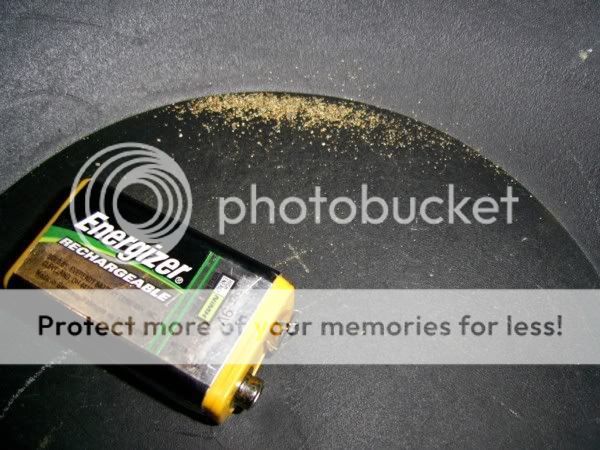
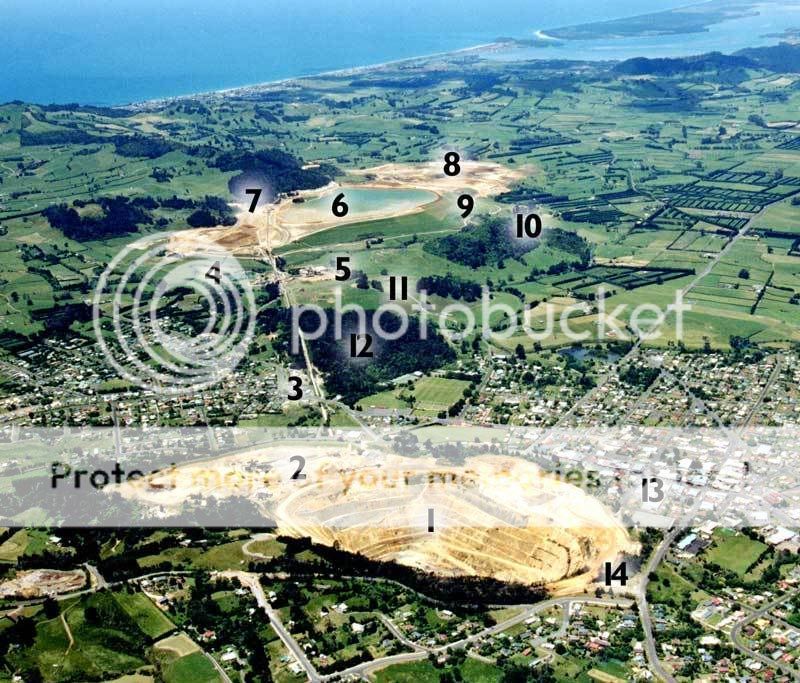
 thanx much for the info. fantastic lookn' bedrock--read quite a bit on au in nz--quite a bit colder water but that just forces more cool inventions-tons a au 2 u 2-john
thanx much for the info. fantastic lookn' bedrock--read quite a bit on au in nz--quite a bit colder water but that just forces more cool inventions-tons a au 2 u 2-john
